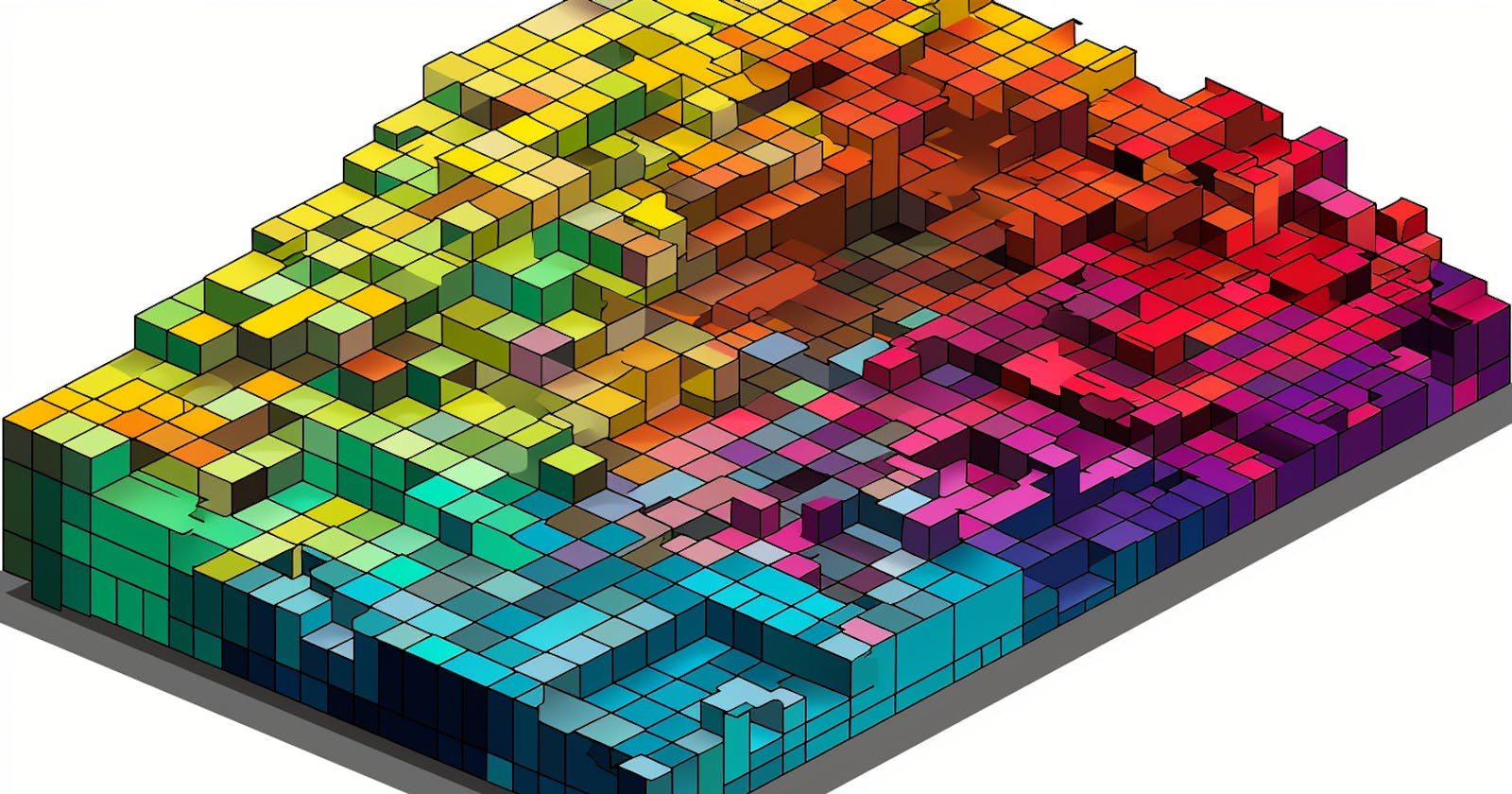Hash Tables are a cornerstone of data structures, leveraging a unique mechanism to ensure efficient data retrieval. In this comprehensive guide, we're inspecting a custom Java implementation of a Hash Table to provide a lucid understanding of its mechanisms, functionalities, and underlying logic.
1. Blueprint of Our HashTable Class
import java.util.ArrayList;
public class HashTable {
private int size = 7;
private Node[] dataMap;
// ... rest of the code ...
}
Key Takeaway: At its core, our HashTable relies on an array (dataMap) of whatever size (I chose 7), where each index either holds a node or is null.
2. The Node Structure
To manage data efficiently, we use a Node class, which contains the key-value pairs and a reference to the next node (enabling chaining).
public class Node {
private String key;
private int value;
private Node next;
public Node(String key, int value) {
this.key = key;
this.value = value;
}
public HashTable() {
dataMap = new Node[size];
}
}
Key Takeaway: The inclusion of the next variable allows for collision handling through chaining, a method where colliding data is linked together in a list at the same index.
3. Understanding the Hash Function
Our hash function is pivotal. By iterating over each character in the provided key, it calculates an index for the key-value pair.
private int hash(String key) {
int hash = 0;
char[] keyChars = key.toCharArray();
for (int i = 0; i < keyChars.length; i++) {
int asciiValue = keyChars[i];
hash = (hash + asciiValue * 23) % dataMap.length;
}
return hash;
}
Key Takeaway: This hash function relies on ASCII values and ensures the resultant index remains within the bounds of our dataMap.
4. Inserting Data: The set Method
public void set(String key, int value) {
int index = hash(key);
Node newNode = new Node(key, value);
if (dataMap[index] == null) {
dataMap[index] = newNode;
} else {
Node temp = dataMap[index];
while (temp.next != null) {
temp = temp.next;
}
temp.next = newNode;
}
}
Key Takeaway: If an index in the dataMap is unoccupied (null), the key-value pair becomes the first node there. If it's already occupied, the new node is appended at the end of the existing chain.
5. Retrieving Values
The get method fetches values based on their keys. It navigates through the chain, if necessary, to find the correct key-value pair.
public int get(String key) {
int index = hash(key);
Node temp = dataMap[index];
while (temp != null) {
if (temp.key.equals(key)) {
return temp.value;
}
temp = temp.next;
}
return 0; // Assuming 0 denotes the key wasn't found.
}
Key Takeaway: This method demonstrates the power of hash tables: even if there's a long chain, the hash function quickly narrows down the search to a single array index.
6. Listing All Keys
Lastly, our keys method returns all the keys present in the hash table.
public ArrayList<String> keys() {
ArrayList<String> allKeys = new ArrayList<>();
for (int i = 0; i < dataMap.length; i++) {
Node temp = dataMap[i];
while (temp != null) {
allKeys.add(temp.key);
temp = temp.next;
}
}
return allKeys;
}
Collision Handling
One of the most challenging aspects of designing a hash table is managing collisions. Our Java-based hash table addresses this by employing chaining, where each array index points to a linked list (or chain) of nodes. In the event of a collision, the new key-value pair is appended to the end of the existing chain.
Advantages and Use-Cases
Hash tables, given their average O(1) time complexity for insertions, deletions, and lookups, are highly efficient for a multitude of tasks, such as:
Database Operations: Due to their quick lookup times, hash tables are fundamental in database indexing.
Caching: Hash tables provide the backbone for caching solutions like Redis and Memcached.
Real-time Analytics: Their ability to handle a high volume of operations makes hash tables suitable for real-time analytics.
Conclusion
Hash tables are a linchpin in data structure and algorithm concepts. They balance the efficiency of arrays with the dynamic growth of linked lists. Through our deep dive into a custom Java implementation, we've unveiled the details that make this structure so powerful. While the journey may seem intricate, understanding the underpinnings of such constructs paves the way for optimized problem-solving in real-world programming scenarios. As always, remember that while theory is crucial, practice and hands-on experimentation will cement your understanding.
